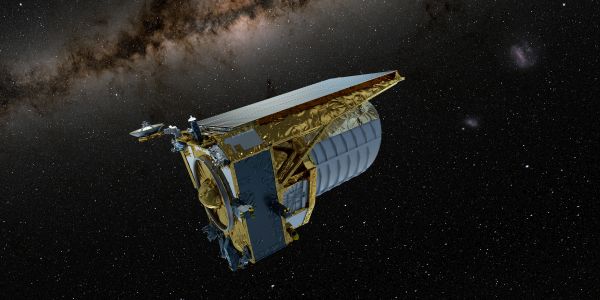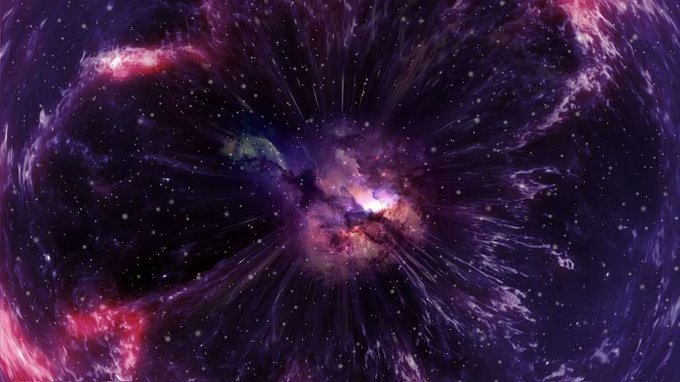
NASA to televise launch of Euclid spacecraft’s ‘Dark Universe’ Mission

The ESA (European Space Agency) and SpaceX are targeting no earlier than 11:11 a.m. EDT Saturday, July 1, to launch the Euclid spacecraft. Euclid is an ESA mission with contributions from NASA that will shed light on the nature of dark matter and dark energy, two of the biggest modern mysteries about the universe.
Liftoff will be from Cape Canaveral Space Force Station in Florida, on a SpaceX Falcon 9 rocket. NASA is contributing to the Euclid mission by delivering critical hardware for one of the spacecraft’s instruments, providing science team funding, and establishing a U.S.-based Euclid data processing center.
Live launch coverage from ESA will air on NASA Television, the NASA app, and the agency’s website starting July 1, at 10:30 a.m. You can follow online at https://www.nasa.gov/live
Related, also see:
- Private businesses working with NASA to advance space initiatives
- SpaceX Crew-5 safely returns to Terra after 157 days aboard the International Space Station
ESA’s Euclid mission is designed to explore the composition and evolution of the Dark Universe. The space telescope will create a great map of the large-scale structure of the Universe across space and time by observing billions of galaxies out to 10 billion light-years, across more than a third of the sky. Euclid will explore how the Universe has expanded and how structure has formed over cosmic history, revealing more about the role of gravity and the nature of dark energy and dark matter.
Euclid is a fully European mission, built and operated by ESA, with contributions from NASA. The Euclid Consortium – consisting of more than 2000 scientists from 300 institutes in 13 European countries, the US, Canada and Japan – provided the scientific instruments and scientific data analysis. ESA selected Thales Alenia Space as prime contractor for the construction of the satellite and its Service Module, with Airbus Defence and Space chosen to develop the Payload Module, including the telescope. NASA provided the near-infrared detectors of the NISP instrument.
For more on Euclid’s Mission to explore the Dark Universe, see the video accompanying this article.
(Source: NASA) / (Cover photo: Artist’s concept shows the ESA (European Space Agency) Euclid mission in space. Credits: ESA, CC BY-SA 3.0 IGO)
Posted by Richard Webster, Ace News Today / Follow Richard on Facebook, Twitter & Instagram








 days to targeted launch day
days to targeted launch day 
 the cosmic web structure & history
the cosmic web structure & history